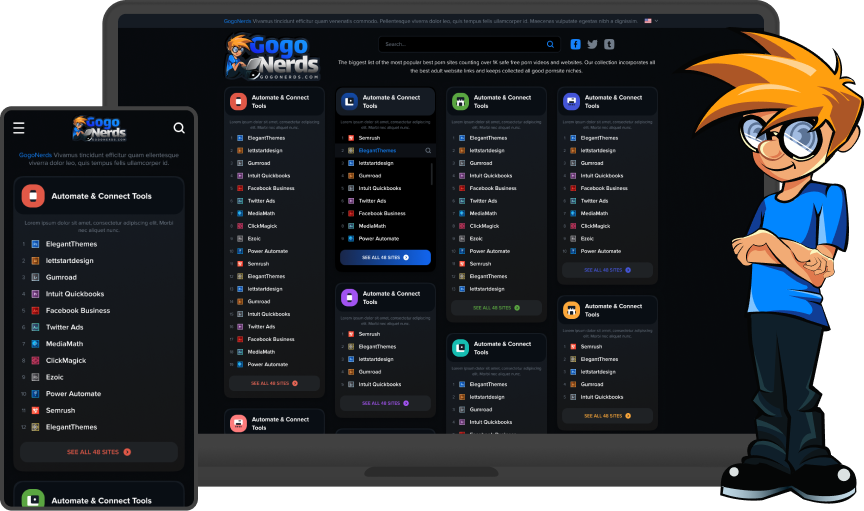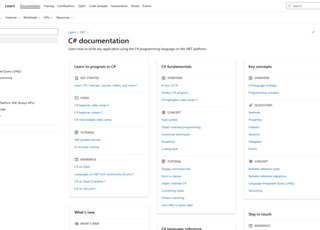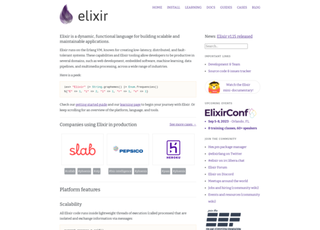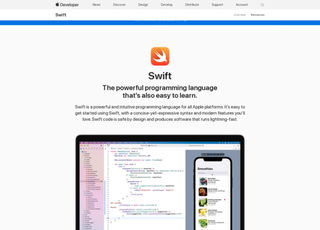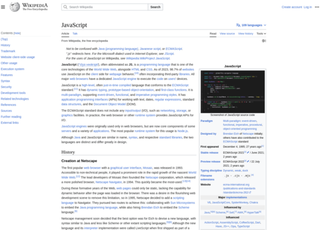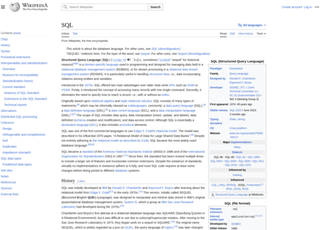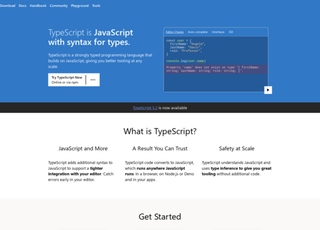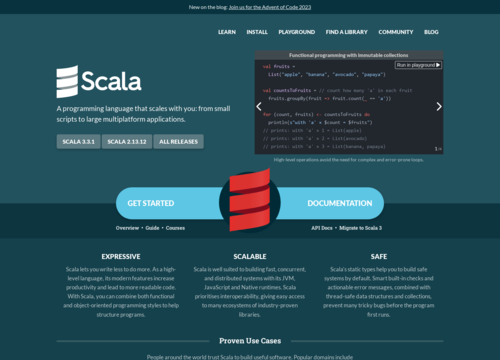Assembly
Assembly language is a low-level programming language used for a computer or other programmable device. It has a strong correspondence between its instructions and the architecture's machine code instructions, making it unique for each type of computer. Here's a detailed breakdown of key aspects:
Basic Characteristics
Simplicity
Assembly language consists of a set of basic instructions which correspond directly to the machine instructions for a particular CPU architecture.
Efficiency
It allows for direct control of the hardware, making it possible to write very efficient code.
Hardware-Specific
Each assembly language is designed for exactly one specific computer architecture.
Components
Instructions
These are the basic commands like moving data, performing arithmetic operations, and controlling program flow.
Registers
Special memory locations within the CPU where data can be stored and manipulated quickly.
Flags
Indicators that store information about the outcome of operations, such as whether the result was zero.
Development
Assembler
A software tool that translates assembly language code into machine code.
Debugger
A tool for finding errors in assembly programs.
Editor
Any text editor can be used to write assembly code.
Usage
System Programming
Used in system-level programming, such as operating system kernels and device drivers.
Performance-Critical Code
In situations where maximum efficiency is necessary, like in video games or real-time systems.
Learning Curve
Steep Learning Curve
It’s more difficult to learn and understand compared to high-level languages.
Pros and Cons
Pros
High performance, fine control over hardware, and a better understanding of the machine's workings.
Cons
Difficult to learn, easy to make mistakes, and generally not portable between different hardware architectures.
Examples
Different assembly languages exist for different CPU architectures, such as x86 Assembly, ARM Assembly, and MIPS Assembly.
Historical Context
Early Computing
Assembly language was more commonly used in the early days of computing when resources were scarce.
Decline in Use
With the advent of high-level languages, the use of Assembly has declined but it's still crucial for certain areas of programming.
Notable Assembly Languages
x86 Assembly
This is perhaps the most well-known assembly language, used for programming Intel and AMD processors.
ARM Assembly
Used for ARM (Acorn RISC Machine) processors, common in mobile devices and increasingly in other types of computing devices.
MIPS Assembly
Used for MIPS (Microprocessor without Interlocked Pipelined Stages) processors, common in embedded systems.
Debugging and Maintenance
Debugging assembly language can be challenging due to its low-level nature. Tools like debuggers and disassemblers are essential for troubleshooting.
Maintenance can also be difficult due to the lack of readability, the absence of variable names, and the intricate flow of control.
Community and Support
While the community may be smaller compared to high-level languages, there are still dedicated forums and resources for learning and troubleshooting assembly language programming.
Cross-platform Development
Assembly language is not conducive to cross-platform development as it is tied to specific hardware architectures. However, there are some cross-assemblers available that can help in translating assembly code between different architectures.
Performance Optimization
Assembly language is often used for performance optimization in systems where resources are limited or speed is a critical factor. It allows for fine-tuning of code at the machine level.
Educational Value
Learning assembly language can provide a deep understanding of the inner workings of a computer system, including how the CPU, memory, and input/output systems operate.
Future of Assembly Language
While high-level languages will continue to dominate the software development landscape, assembly language will remain relevant in areas where hardware-level control and optimization are crucial.
Assembly language provides a unique perspective and control over the system being programmed, making it an invaluable tool for certain areas of computer science and engineering. However, its hardware-specific nature and steep learning curve can pose challenges for programmers accustomed to higher-level languages.

